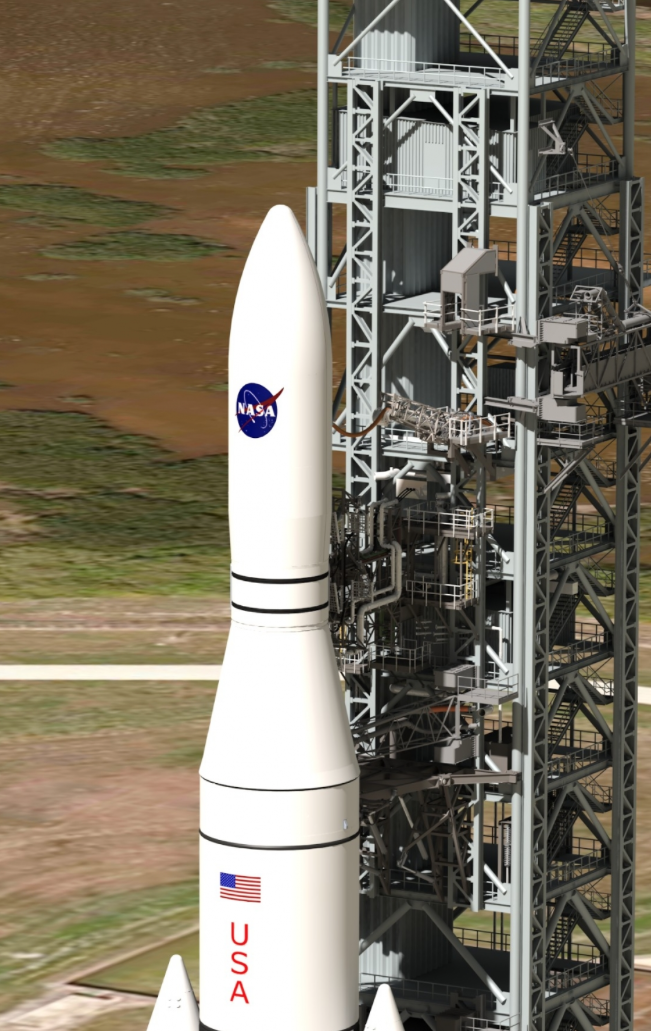[SatNews] Under a $60 million contract action, they will design, develop, test, evaluate and certify the LVSA assembly... to send humans farther than ever into deep space.
NASA has selected Teledyne Brown Engineering of Huntsville, Alabama to design and build a key component of the new Space Launch System (SLS) rocket the agency is developing to send humans farther than ever into deep space.

This artist concept shows NASA's Space Launch System, or SLS, which offers numerous benefits for scientific missions, from larger spacecraft mass to reduced travel time through the solar system in route to other worlds. Image credit: NASA (Concept updated January 14, 2014
The component is the Launch Vehicle/Stage Adapter (LVSA), which will be used to connect the rocket's 27.5-foot diameter core and 16.4-foot diameter interim cryogenic propulsion stages.
Under a $60 million contract action, Teledyne Brown will design, develop, test, evaluate and certify the LVSA assembly and manufacture the structural test article and two flight units. This work will be delivered under a cost reimbursement, fixed-fee engineering solutions and prototyping contract. The award has a potential performance period of five years and includes an option for a third flight unit.
In addition to launching NASA's new Orion spacecraft on crewed missions to deep space, SLS also may launch robotic spacecraft on deep space scientific missions. NASA's Marshall Space Flight Center in Huntsville, Ala manages the SLS Program for the agency.
For information about the Space Launch System, visit.
About the Crew Vehicle and Launch System
These programs will develop the launch and spaceflight vehicles that will provide the initial capability for crewed exploration missions beyond low-Earth orbit. In particular, the Space Launch System (SLS) program will develop the heavy lift vehicle that will launch the crew vehicle, other modules and cargo for these missions. The Orion Multi-Purpose Crew Vehicle will serve as the exploration vehicle that will carry the crew to space, provide emergency abort capability, sustain the crew during the space travel, and provide safe re-entry from deep space return velocities.
The Space Launch System (SLS) Program will develop a heavy-lift launch vehicle to expand human presence to celestial destinations beyond low Earth orbit. This launch vehicle will be capable of lifting the Orion MPCV to asteroids, the moon, Lagrange points, and ultimately for missions to Mars. It will also serve as a backup launch system for supplying and supporting the International Space Station cargo and crew requirements not met by other available launch vehicles.

